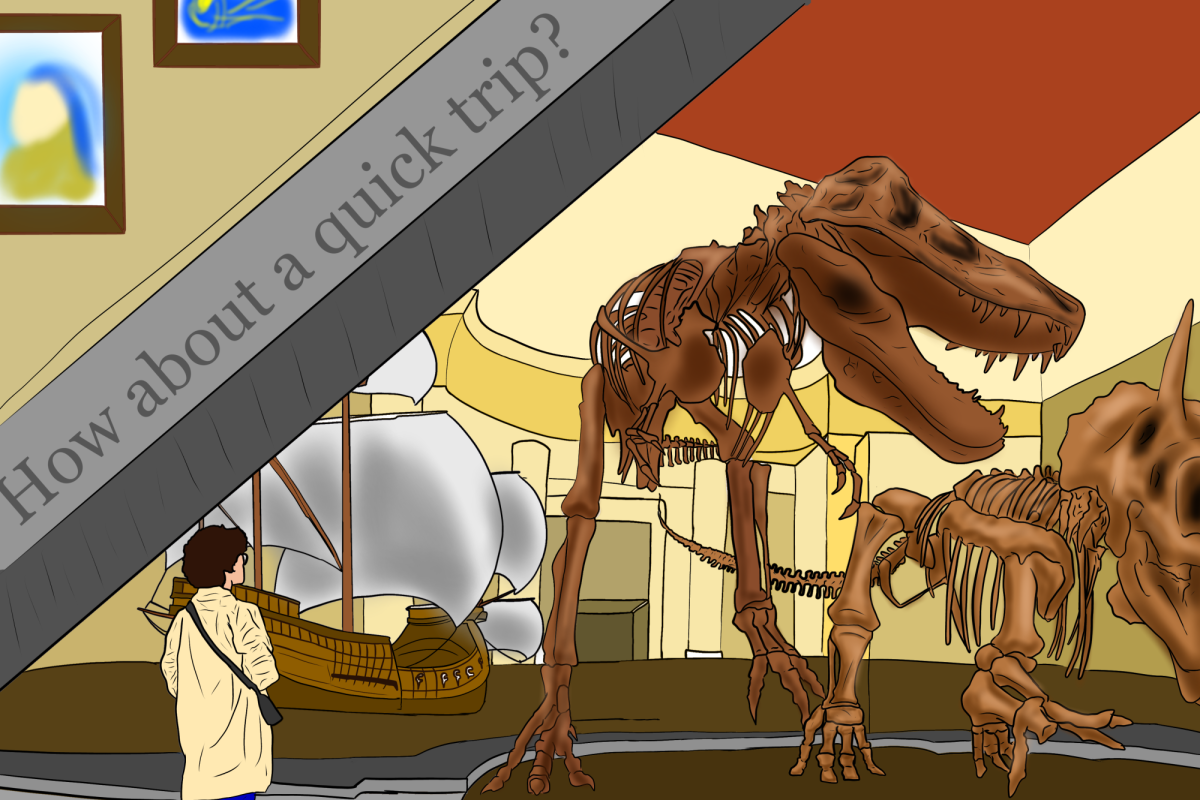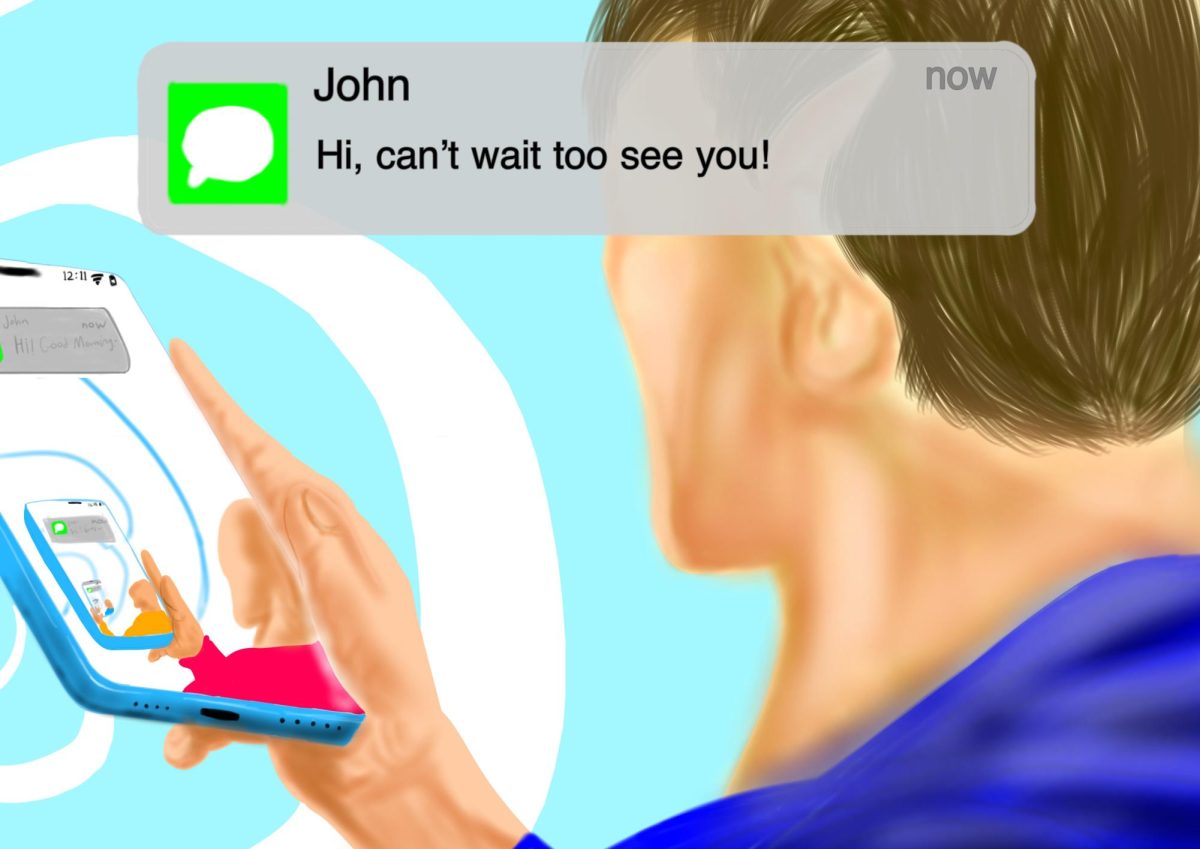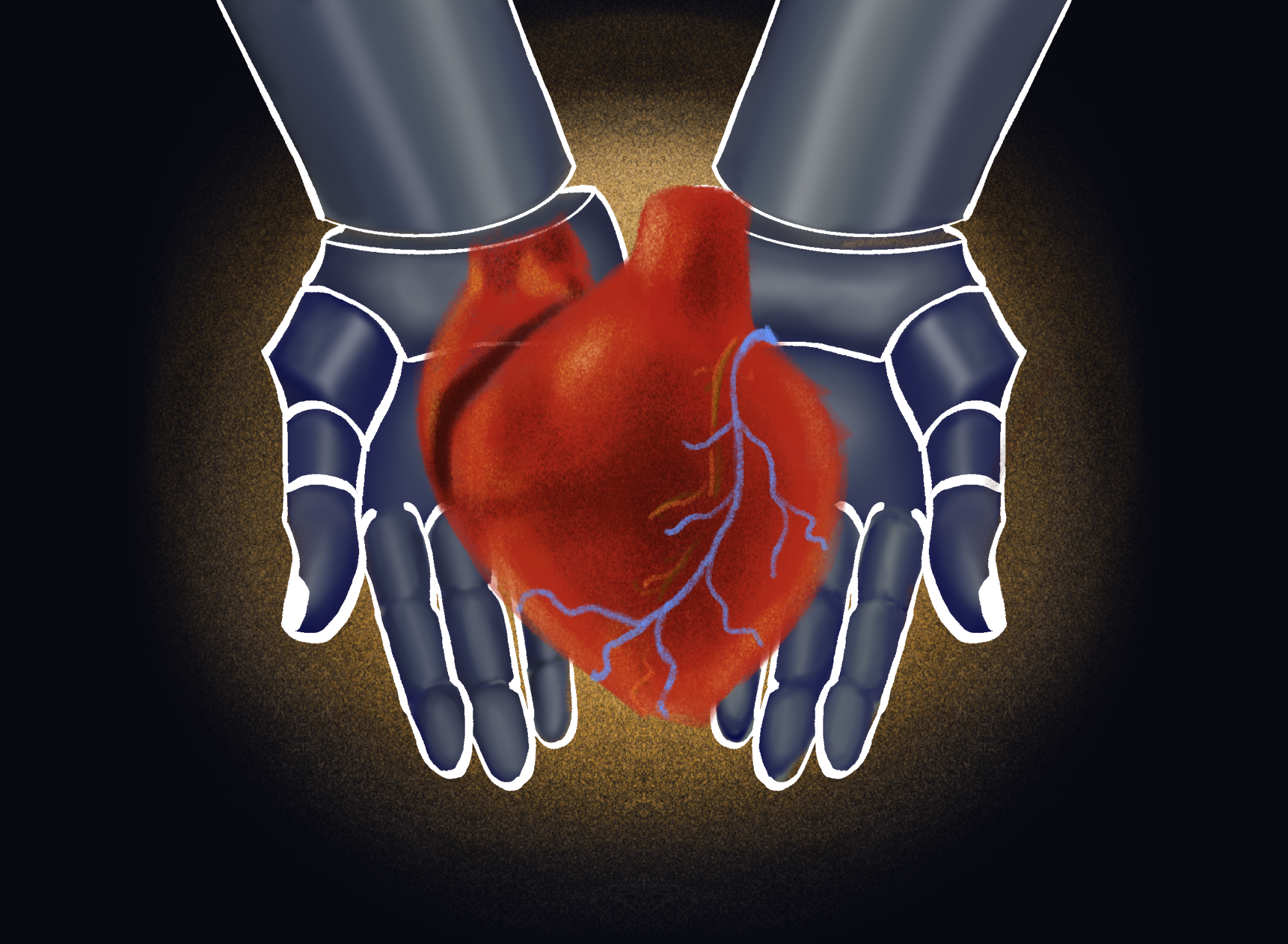Boring. Long. Ugh. For most people, that is what comes to mind at the thought of going to a museum. Hours spent aimlessly wandering cool, dark rooms of meaningless artifacts. Feet aching and exhausted from standing and moving from exhibit to exhibit. Finding a rare bench to sit on (of course, there’s no back support), steel slats digging into your legs. Giving up on feigning enthusiasm or curiosity and just daydreaming of all the things you would do once set free.
I’ll admit, I have experienced similar feelings of fatigue and apathy after trying and failing to concentrate on the tiny print on the exhibit captions. Most people, especially teenagers, just don’t see the point of subjecting themselves to that kind of torture. Why go to a museum and pay admission when it really will just be a futile attempt to take a whirl at being cultured? And don’t forget, the coffee from the cafe and gift shop trinkets are highway robbery and sold at a subpar quality.
If you feel this way, you are not alone. According to the American Alliance of Museums, only around 28% of Americans visit museums. Even then, they do so infrequently. Although 86% of the public supports these establishments, only 28% visit. This indicates a large discrepancy between those who support museums in theory, and those actually support the establishments through visitation. I attribute this to the movement of undervaluing museums in our culture.
Unfortunately, half of all museums have not returned to prepandemic levels of attendance. This is further exacerbated by recent political changes, as the Trump administration has cut funding to museums and archives, especially those that support the humanities and the arts. Tens of millions of dollars in grants for the Institute of Museum and Library Services (IMLS) have been cancelled, and approximately 80% of staff have been placed on administrative leave. This is a sobering reality that the museum world has had to come to grips with, reducing the quality and quantity of exhibits.
Besides, who prioritizes a museum visit when they have a hundred other things on their plate? Work, school and extracurricular activities battle for the spotlight of our attention; even when people have a free moment, they would rather spend it on a ‘self-care’ day, scrolling on social media. Our culture has downplayed the importance of museums, to the point where the very mention of the word sends dread down our spines. However, I believe that learning about these vast range of topics — even if they are familiar, new, important or not relevant at all — is critical to our growth as human beings in order to be well-rounded, productive members of society.
Growing up with my mom consistently taking me to museums of every kind — art, science, history, math, you name it — I’ve spent the better part of my Spring Break vacations and summer weekend trips in these establishments of knowledge. She bought all the combo museum memberships so we could get free entry to three in one. We prioritized audio guides and Junior Ranger badges while everyone else was living out their idea of a perfect vacation — blissfully relaxing at a resort. Playfully, she would note the recurring nature of our education-oriented excursions but remind us that this was a privilege. It was something she never received, as an immigrant to the US at age 13, and because of this, she wanted to provide this precious experience of knowledge to her children.
But contrary to everyone’s expectations, I really enjoyed and still enjoy going to these museums, national monuments and historic sites. Partially, because I didn’t really have a choice — it was declared a family road trip — and partially because once I got into it, the exhibits were genuinely interesting and thought-provoking.
I learned that Valley Forge was actually not a battleground, but a place of dire survival, where the American militia took shelter for the winter. I learned about the socio-cultural transition from Medieval to Renaissance art forms. I learned that intense pressure in the atmospheres of Neptune and Uranus can transform carbon into diamonds, which then rain down, creating ‘diamond rain’.
Why is that even important, some would ask. And in truth, it is not, at least not in the conventional ways our world measures importance. Viewing the only German submarine in the United States and learning about the ingenious strategies applied in WWII to capture it, will not improve my standardized test scores, will not help me get a job, will not help me get into college. But it will shape my perspective of the world around me, I can guarantee that, which in and of itself is something so unique and powerful that it’s worth investing time in.
Museums, in their essence, are an opportunity for everyday people to experience information in such a captivating way, to explore each and every facet of what makes us human. Every great civilization has invested in the arts, in information and in technology, and the museum is the culmination of all of this: a palace of knowledge that evolves with the fluidity of society, a place that cultivates creativity and free-thinking. You only need to step in with an open mindset.
There is great potential in this experience of knowledge. You could just google the information or watch YouTube videos, but the physical of a museum is something different altogether. Information and evidence is curated to paint an alluring picture of the past, the present and the future, coalescing into a collection of what we know, what we don’t know and what we hope to know.
With that in mind, I implore you to consider taking a trip to a museum in the near future. Find a weekend, do some quick research and go, with friends, family or even alone, to a museum that you are intrigued by. Find something different than what you know, something that sparks interest and curiosity. Support these institutions by being open and showing up. San Diego has some of the best museums in the country, scattered across the coast and clustered in the Balboa Park area. Who knows? It could be the beginning of a new chapter of understanding and fresh perception. You will never know until you try.










